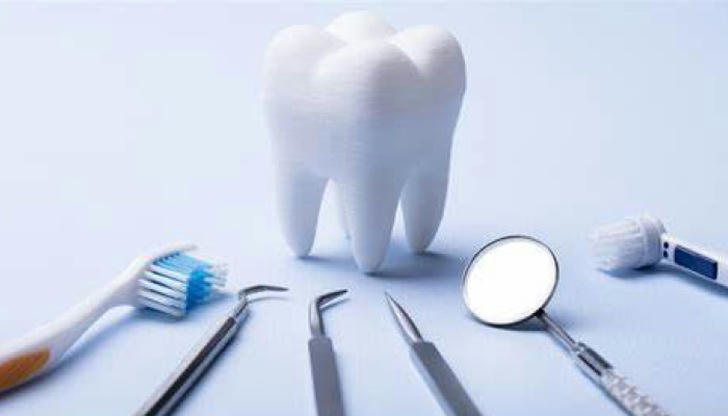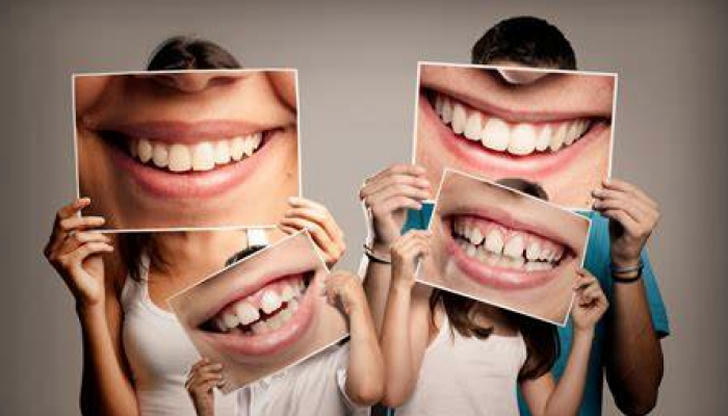The Importance of Dental Care: Modern Practices, Benefits, and Future Innovations

Dental care is an essential aspect of overall health and well-being that often gets overlooked. Many people underestimate the significance of maintaining good oral hygiene and fail to recognize the connection between oral health and general health. Oral diseases, such as tooth decay, gum disease, and oral cancers, are among the most common health problems worldwide, and they can have a significant impact on an individual’s quality of life. Modern dental care practices have evolved considerably, offering individuals a wide range of solutions for preventing and treating oral diseases. This essay explores the importance of dental care, examines current practices and their benefits, and looks at the innovative technologies that are shaping the future of oral health care.
The Significance of Dental Care
Oral health is more than just a cosmetic concern. It is integral to one’s overall health and affects many other aspects of daily life. Proper dental care is essential for preventing common oral conditions, such as cavities, gum disease, and bad breath, but it also plays a vital role in the prevention of systemic health issues. Research has increasingly demonstrated that poor oral health can contribute to various health problems, including heart disease, diabetes, and respiratory conditions. For example, studies have shown that untreated gum disease (also known as periodontal disease) can increase the risk of cardiovascular diseases, as the bacteria responsible for the infection in the gums may enter the bloodstream and contribute to the buildup of plaque in the arteries. Similarly, poor oral hygiene can lead to a condition known as diabetic complications. In people with diabetes, gum disease can make it more difficult to control blood sugar levels, worsening the effects of the disease. Moreover, the appearance of a person’s smile has a significant impact on their self-esteem and social interactions. People with missing, damaged, or crooked teeth often experience low self-confidence, which may affect their social lives and even their professional relationships. This is why maintaining healthy teeth and gums goes beyond physical health—it is also a key element of mental and emotional well-being.
Modern Dental Practices

With the advances in dental science, modern dental care is more effective, less invasive, and more accessible than ever. Dental professionals now have a wide range of tools and techniques to address the needs of patients at every stage of life, from preventive care to complex surgical treatments.
- Preventive Care: The First Line of Defense Preventive care remains the cornerstone of good dental health. Brushing and flossing regularly are critical habits that help prevent tooth decay and gum disease. The American Dental Association (ADA) recommends brushing at least twice a day with fluoride toothpaste and flossing once a day to remove plaque and food particles that get stuck between the teeth and gums. Regular visits to a dentist for professional cleanings and checkups are equally important. During these visits, a dentist or dental hygienist will remove plaque and tartar buildup that brushing and flossing cannot eliminate, perform routine X-rays to detect early signs of decay or bone loss, and check for early signs of oral cancers. By catching issues early, dental professionals can often treat problems before they become severe and costly.
- Restorative Care: Restoring Lost Function and Aesthetics Despite best efforts at preventive care, there are instances when people may need restorative treatments to address tooth loss, cavities, or damage. Modern restorative dentistry has seen significant advancements in materials, techniques, and technology, making procedures more efficient and comfortable than ever. Fillings are one of the most common forms of restorative care, used to repair cavities caused by tooth decay. Today, most fillings are made of composite resin, porcelain, or glass ionomer materials, which can match the color of the natural tooth, providing a more aesthetically pleasing result. Unlike traditional silver fillings (amalgam), these materials are more durable, non-toxic, and can blend seamlessly with the natural color of the teeth. Crowns and bridges are also widely used for restoring damaged or missing teeth. Crowns are placed over damaged teeth to restore their shape, size, and function, while bridges are used to replace one or more missing teeth by anchoring the replacement teeth to neighboring teeth. Advances in materials like porcelain and zirconia have made crowns and bridges more natural-looking and durable than ever before. For individuals who have lost several teeth or have significant oral damage, dentures provide a practical solution. Today’s dentures are more comfortable, fit better, and appear more natural than their predecessors, thanks to advancements in materials and digital technologies. Many dentures are designed using 3D imaging and computer-aided design (CAD) to ensure a perfect fit and better aesthetics.
- Orthodontics: Improving Function and Appearance Orthodontics is a specialized branch of dentistry focused on correcting misaligned teeth and jaws. The most common form of orthodontic treatment involves the use of braces. While traditional metal braces are still widely used, modern orthodontics has seen the introduction of clear aligners such as Invisalign, which offer a more discreet option for people looking to straighten their teeth. These clear aligners are removable, which makes them more convenient and comfortable for patients, allowing for better oral hygiene compared to traditional braces. Braces, whether metal or clear, can be used to treat a variety of conditions, including overcrowded teeth, gaps between teeth, overbites, underbites, and crossbites. Orthodontic treatment can improve both the function of the teeth and the appearance of the smile, leading to increased confidence and better overall oral health.
- Cosmetic Dentistry: Enhancing Aesthetic Appeal Cosmetic dentistry focuses on improving the appearance of the teeth and smile, often through elective procedures. Treatments such as teeth whitening, veneers, and bonding can be used to address concerns like tooth discoloration, chips, or gaps between teeth. Teeth whitening is one of the most popular cosmetic procedures. Whether done in-office or with at-home kits, whitening treatments can remove stains caused by coffee, tobacco, and aging. For more severe discoloration, veneers, which are thin porcelain shells placed over the front of the teeth, can provide a long-lasting and aesthetic solution. Bonding is another common cosmetic treatment used to fix small imperfections, such as chips, cracks, or gaps in teeth. The procedure involves applying a tooth-colored resin to the affected area, which is then shaped to match the natural contour of the tooth.
Innovations in Dental Care

The field of dentistry continues to evolve, with new technologies and techniques emerging regularly to improve patient care. Some of the most exciting innovations in dental care include:
- Laser Dentistry Laser technology has been increasingly integrated into dental procedures, providing a less invasive and more precise method of treatment. Laser dentistry is used for a wide range of applications, including gum disease treatment, cavity preparation, and even teeth whitening. Laser treatments offer several advantages, including reduced pain, minimal bleeding, faster recovery times, and improved accuracy.
- 3D Printing and CAD/CAM Technology 3D printing and computer-aided design and manufacturing (CAD/CAM) technologies are revolutionizing restorative dentistry. Dentists can now create highly accurate crowns, bridges, and dentures in a fraction of the time compared to traditional methods. The use of 3D printing allows for more customized dental products, ensuring a perfect fit for the patient.
- Artificial Intelligence (AI) in Dentistry Artificial intelligence is beginning to play a role in diagnosing and planning dental treatments. AI algorithms are being developed to assist dentists in interpreting X-rays and identifying early signs of cavities, gum disease, and even oral cancers. The integration of AI into diagnostic processes helps ensure that issues are caught earlier and treatment plans are more precise.
The Benefits of Good Dental Care

The benefits of maintaining good dental hygiene and seeking regular dental care extend beyond simply having a bright smile. These include: •Preventing tooth decay and gum disease, which are leading causes of tooth loss. •Improving overall health, by reducing the risk of serious conditions like heart disease and diabetes. •Enhancing self-esteem and confidence, by giving individuals a smile they feel good about. •Saving money on dental procedures in the long run, by avoiding costly treatments for advanced dental problems.
Conclusion
Good dental care is fundamental not only to achieving a beautiful smile but also to maintaining overall health. Advances in dental practices have made it easier and more effective than ever to prevent and treat oral diseases. From preventive care to restorative and cosmetic treatments, modern dentistry provides solutions that cater to a wide range of patient needs. As technology continues to evolve, dental care will undoubtedly become even more precise, efficient, and accessible, ensuring that future generations can maintain optimal oral health and enjoy the many benefits that come with it.
